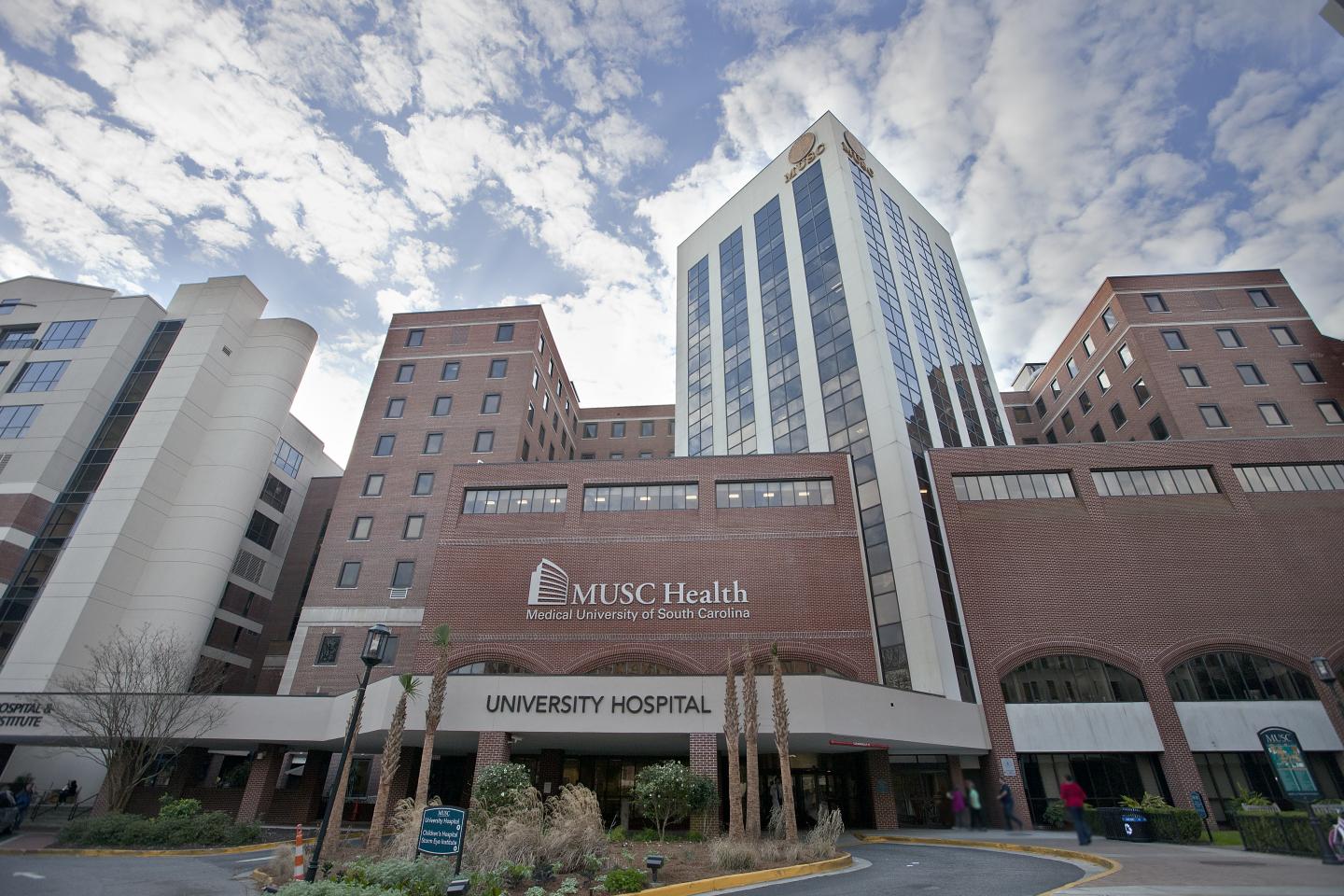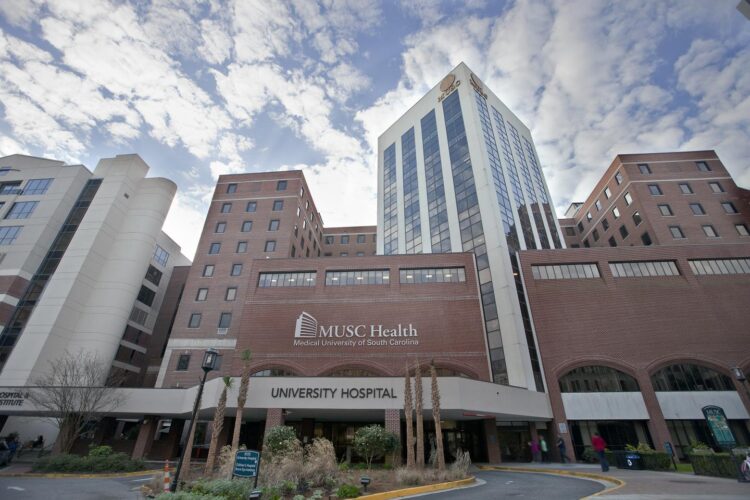Researchers at MUSC Health look at the outcome of the Organ Procurement and Transportation Network’s latest allocation changes and argue for further improvement

Credit: MUSC Health
The average American spends 5 days each year in line by some estimates. Many of these lines are for things like a cup of coffee, movie theater tickets or a ride on the newest roller coaster, but for some the wait is for something far more pressing — a new kidney.
In South Carolina, the average time spent on a waitlist for a kidney transplant is 42 months, but according to a recent paper in JAMA Surgery, changes to the U.S. kidney allocation system could result in reduced access to kidney transplants and longer times spent in line.
“At face value, the changes in the allocation system seem quite appropriate,” said Derek DuBay, M.D., director of transplant at MUSC Health and principal investigator on the study. “Everyone waits in line for the same amount of time. It’s hard to argue with that.” And yet he still disagrees.
There are three main components to transplant volume: organ allocation, a particular transplant center’s aggressiveness for accepting organs, and a patient’s geographical access to a transplant center. The Organ Procurement and Transportation Network (OPTN) addressed allocation inequalities by ensuring that all patients wait at least the same amount of time for a kidney rather than the previous geography-based model.
As the only transplant center in South Carolina, MUSC Health performs more kidney transplants per year than any other organ transplant in its program, which gave researchers an opportunity to predict the results of these allocation changes.
Kidney transplants are an important treatment option for patients. As the gold standard for chronic renal failure treatment, a kidney transplant can add 5 years to a patient’s life expectancy, on average, compared to dialysis. DuBay says there are few things in medicine that confer a survival advantage of that magnitude as well as a great improvement in quality of life. His team looked at patients with end-stage kidney disease (ESKD) for this study, since kidney transplant is the best treatment option for these patients.
DuBay and his research team have the same goal as the OPTN: ensuring equitable access to organ donations. Recent results for ESKD patients, however, point to longer wait times for those in rural parts of the country than the times seen before the policy changes. DuBay points to the complexity of fair organ allocation to explain this effect. With more Medicaid expansion programs in urban areas, higher rates of insurance and closer proximity to transplant centers, patients in densely populated areas have more access to donated organs even if their wait times are longer.
While ESKD patients in South Carolina wait 3.5 years on average for a kidney, patients in New York City can wait upwards of 8 years. And while that appears to be unfair at first glance, DuBay says it’s more complex than that. With a higher population density and high access to organ donation, patients in New York City are 3 times more likely to receive an organ despite the longer list than those in South Carolina.
DuBay likens the organ allocation equation to lines at a theme park. While it may appear that those in rural areas have a fast pass, he suggests the OPTN consider which patients to put on the list rather than the wait times of those already on the list.
“I think the important metric to consider is who gets into the theme park,” said DuBay. “If waiting times are equal length, equal proportions of people with renal failure from South Carolina and New York City should be admitted to the park. Alternatively, if we let three times more people from New York into the theme park, for instance, then maybe they should wait a little bit longer.”
Allocation can look like the right aspect to address, but DuBay points to access to transplant instead. “In South Carolina, we’ve been hit with a double whammy,” he said. “You have patients with renal failure and ESKD whose chances of getting on the waitlist are already low. And now with the new allocation system, if they do get on the waitlist, they have an even lower probability of getting a transplant than before.”
These policy changes are also predicted to result in a 40% decline in kidney transplant volumes for the state — not due to a shorter waitlist, but due to reduced access to transplant.
This research reflects the importance of this access when looking at transplant volumes. “Organ allocation algorithms can’t fix all of the inequities of organ transplantation,” said DuBay. “And in fact, they can unintentionally worsen it.” His goal is to bring public awareness and help his patients get the care they need.
“The average person in Sumter, South Carolina, should have the same opportunity and probability for a kidney transplant as those with renal failure in Chicago,” he said. “It shouldn’t be different because you have a different health care infrastructure or a different allocation system. The playing field needs to be leveled.”
###
About MUSC Health
As the clinical health system of the Medical University of South Carolina, MUSC Health is dedicated to delivering the highest quality patient care available while training generations of competent, compassionate health care providers to serve the people of South Carolina and beyond. Comprising some 1,600 beds, more than 100 outreach sites, the MUSC College of Medicine, the physicians’ practice plan and nearly 275 telehealth locations, MUSC Health owns and operates eight hospitals situated in Charleston, Chester, Florence, Lancaster and Marion counties. In 2020, for the sixth consecutive year, U.S. News & World Report named MUSC Health the No. 1 hospital in South Carolina. To learn more about clinical patient services, visit muschealth.org.
Media Contact
Heather Woolwine
[email protected]
Related Journal Article
http://dx.





